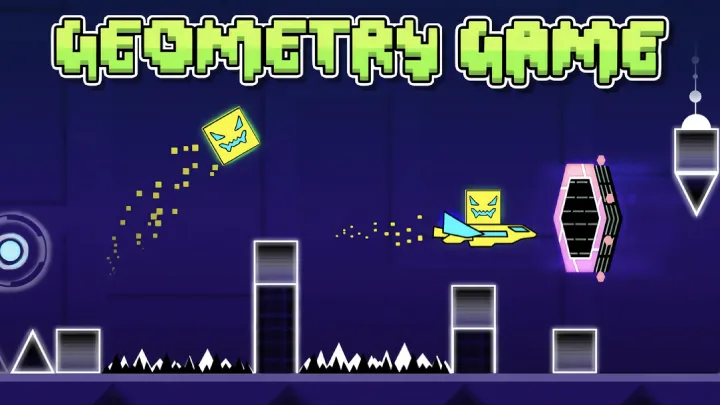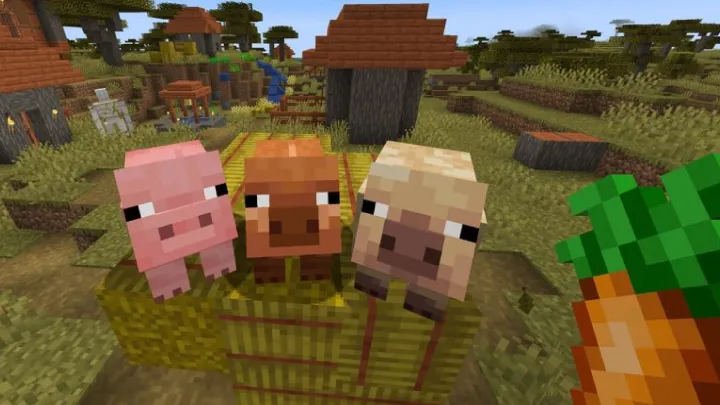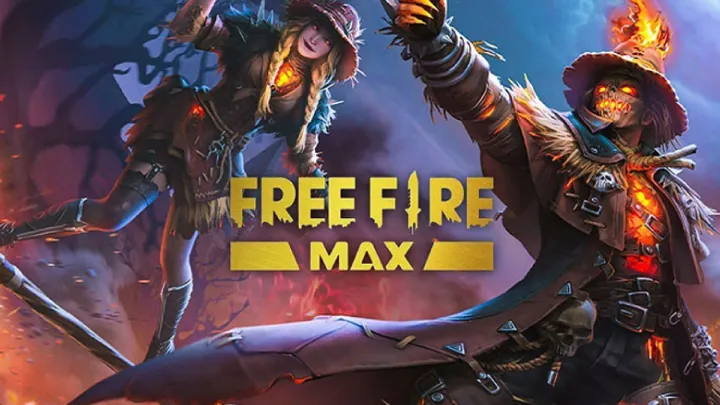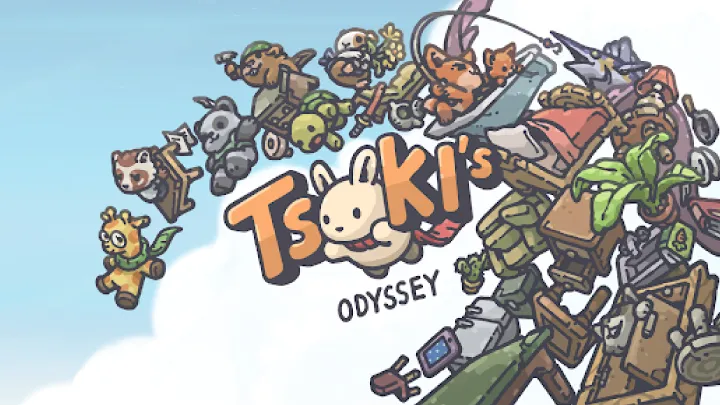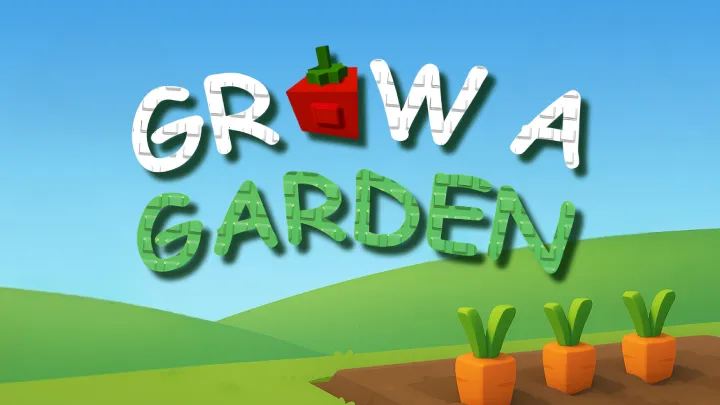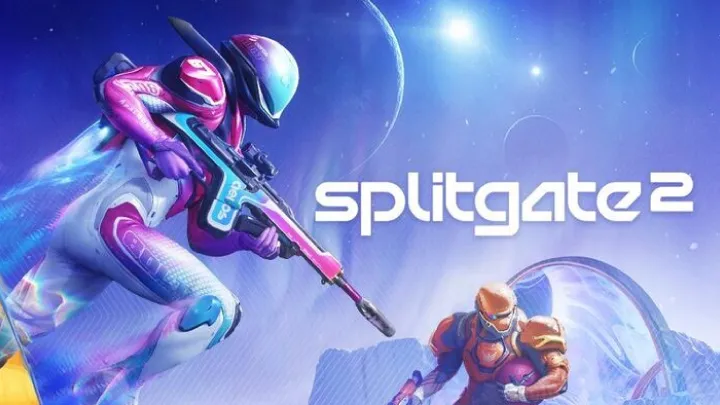Virtual reality (VR) has come a long way from being a futuristic experiment to becoming a mainstream part of everyday life. By 2025, VR is not only about immersive gaming—it’s about transforming how we learn, socialize, work, and experience entertainment. From classrooms that transcend geography to concerts that place you front row no matter where you are, VR apps are reshaping human experience.
This article explores the Top 10 Virtual Reality Apps in 2025 that are redefining both entertainment and learning. Arranged meaningfully, we move from pure entertainment to platforms blending fun with education, and finally to those revolutionizing professional training and lifelong learning.
1. Horizon Worlds: Expanding Social VR Entertainment
Meta’s Horizon Worlds has continued to evolve, becoming one of the largest VR social platforms. In 2025, it’s a hub for entertainment, socializing, and creativity.
Features
- Customizable avatars for expression.
- VR events such as concerts and comedy shows.
- Collaborative building tools for shared worlds.
Horizon Worlds has redefined how people socialize virtually, offering a playful yet deeply interactive space.

2. VRChat: Creative Freedom in Virtual Communities
VRChat remains one of the most popular VR apps for social interaction and entertainment. Known for its vibrant community, it’s a platform where creativity takes center stage.
Highlights
- User-created worlds with limitless design possibilities.
- Role-playing communities and immersive games.
- Cross-platform accessibility to reach wider audiences.
VRChat thrives as a digital playground where fun, creativity, and connection meet.
3. Beat Saber 2025: Music Meets Fitness
Beat Saber continues to be a phenomenon in 2025, blending entertainment, fitness, and rhythm. Its constant updates and new music packs keep it fresh.
Why It Stands Out
- High-energy gameplay that doubles as cardio.
- Expanded music libraries with global hits.
- VR fitness metrics for health-conscious players.
Beat Saber demonstrates that VR entertainment can also promote physical well-being.
4. Rec Room: The Virtual Playground
Rec Room offers a unique blend of entertainment and creativity. It allows players to build, explore, and play games together in a highly interactive virtual environment.
Core Features
- Family-friendly VR spaces.
- A mix of mini-games like paintball, quests, and charades.
- UGC (user-generated content) for endless variety.
Rec Room has positioned itself as the ultimate social VR playground for people of all ages.
5. Bigscreen VR: Movie Nights Redefined
Bigscreen VR takes movie watching and entertainment to another level. By 2025, it has become the go-to VR app for streaming films, shows, and even sports with friends.
Features
- Virtual theaters with customizable seating.
- Real-time interaction with fellow viewers.
- Support for both 2D and 3D streaming.
Bigscreen VR makes entertainment social, immersive, and cinematic without leaving your living room.
6. Engage VR: The Future of Virtual Learning
Engage VR has become a leader in educational VR experiences. It offers interactive classrooms, corporate training, and even virtual conferences.
Why It’s Transformative
- Immersive lecture halls and labs.
- Hands-on VR simulations for training.
- Global classroom connectivity across continents.
Engage VR proves how VR can make learning not just effective but also engaging and accessible.

7. Mondly VR: Language Learning Immersed
Mondly VR takes language learning into an interactive, real-world context. In 2025, it’s one of the most popular apps for mastering languages through virtual immersion.
Highlights
- Real-time conversational practice with AI avatars.
- Context-based scenarios like ordering food or traveling.
- Gamified challenges to maintain motivation.
Mondly VR accelerates learning by simulating realistic, pressure-free environments.
8. Unimersiv: Learning Through Exploration
Unimersiv focuses on educational VR experiences, making history, science, and culture come alive. It allows learners to step into places otherwise impossible to visit.
Features
- VR field trips to ancient civilizations.
- Space exploration with scientifically accurate simulations.
- Interactive biology and anatomy lessons.
By blending entertainment with knowledge, Unimersiv makes learning unforgettable.
9. Tilt Brush VR (by Google Arts & Culture): Creativity Without Limits
Tilt Brush has evolved in 2025 into a full-fledged VR art platform. It allows creators to paint and sculpt in 3D space.
Why It Inspires
- Unlimited creative tools for VR artists.
- Immersive 3D galleries to showcase creations.
- Community-driven exhibitions and collaborations.
Tilt Brush demonstrates how VR can expand human creativity beyond traditional mediums.
10. Labster VR: Science Education Transformed
Labster VR specializes in virtual science labs, providing access to simulations that would be costly or unsafe in real life.
Key Advantages
- Realistic lab experiments in biology, chemistry, and physics.
- Affordable and safe learning environments for schools.
- Interactive feedback for deeper understanding.
Labster VR is revolutionizing STEM education, offering hands-on learning experiences for students worldwide.

Conclusion
In 2025, virtual reality is more than just entertainment—it’s a gateway to learning, creativity, and human connection. Apps like Horizon Worlds, VRChat, and Beat Saber redefine how we have fun, while Engage VR, Mondly VR, and Labster VR highlight the transformative power of immersive education.
These top 10 VR apps illustrate how entertainment and learning no longer live in separate worlds. Instead, VR seamlessly blends the two, allowing people to enjoy, learn, and create in ways unimaginable just a decade ago. The future of VR is not only about immersion—it’s about empowerment, growth, and shared experiences that reshape how we live.









